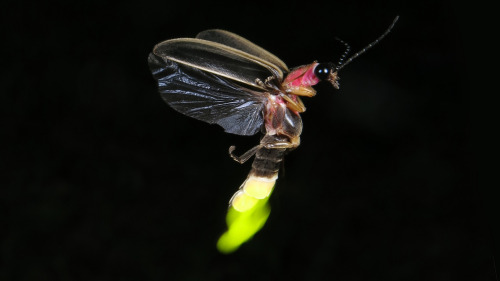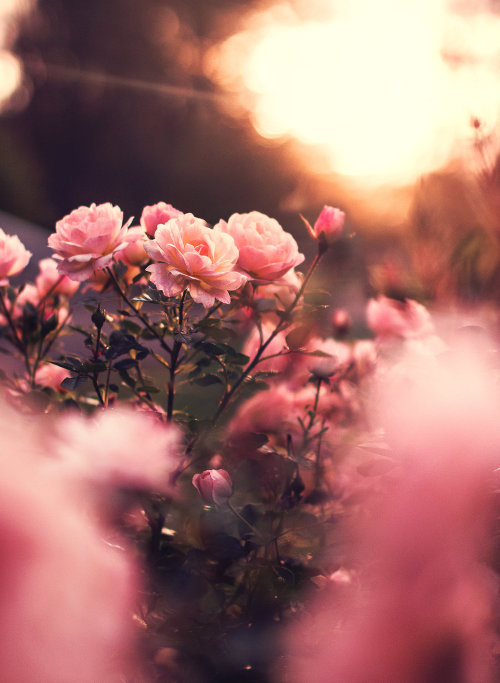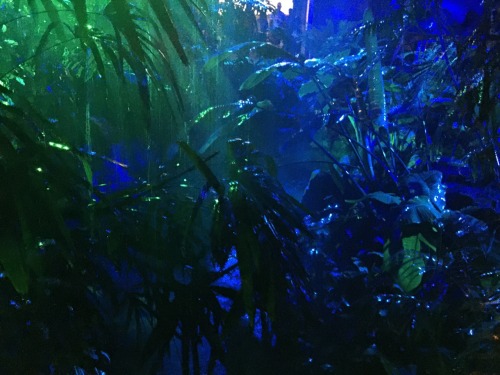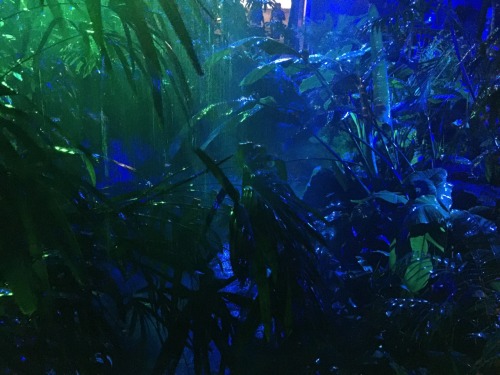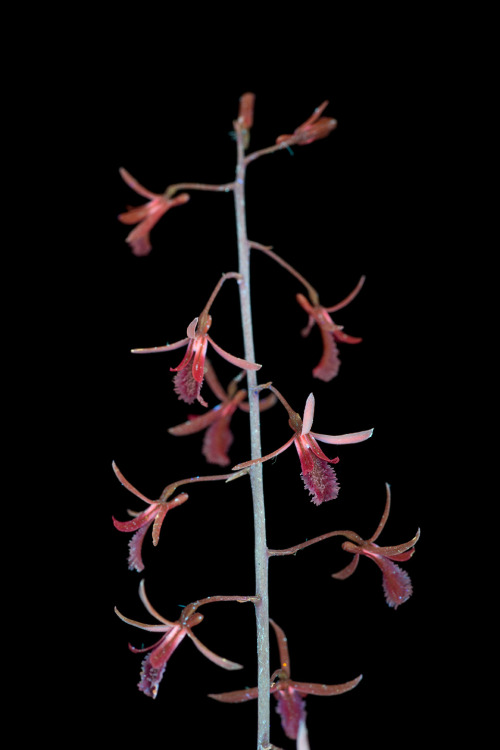#glowing
Nature to illuminate research
Here you can see fireflies, a type of beetle that glows.
Bioluminescence is the production and emission of light from enzymes called luciferases. In nature, many organisms such as jellyfish and fireflies ‘glow’ using these enzymes.
In scientific research, bioluminescent proteins are used to monitor changes to cells.
In the bottom images around 7000 bacterial colonies have been printed on an agar plate.The bacteria have been genetically engineered to display the bioluminescent enzyme from the firefly Photinus pyralis.
The images were taken with a sensitive camera which can detect the light output from luciferase in each colony. The light output of different types of luciferase can be analysed to discover which ones have enhanced characteristics that could be used in research.
Image credits: Terry Priest, s58y, Cassandra Stowe
Post link

Finished this punk rock ball of adorableness! ⚡️
I’ve decided to try out the wet paint brushes on Art Studio and I think this looks pretty good! Galarian Zigzagoon and it’s evolution is becoming one of my faves cause they’re all so cool!

Anniversary gift for my parents since it’s their 21st anniversary a week ago!!! ❄️
I hope ya both have a wonderful and fun anniversary today!!! I love ya both so much!!! ✨
*The gemstones on their paws represent them being married and together for several years! No matter what comes their way, they make it through together!

A moth cryptid named Cairo has appeared with a few friends!!!
Inspiration gift I did a while back ago for @skyesrandomdoodles of their oc, Cairo! I love Cairo as a cryptid soo I felt inspired to draw him and add a few mythical moth like friends too! I had a blast working on this!!! ✨

Wanted to draw Mew after I got a plush of it from my favorite GameStop at my favorite mall the other day. I’m starting to love with how this came out more and more, even the background!
Eulophia callichroma is an interesting terrestrial orchid from several African countries including Tanzania, Zambia, and Zimbabwe. Eulophia is one of my favorite orchid genera as many of its species break the expected norm that orchids require warm, humid, tropical sorts of places. While not the most extreme species in the genus (Eulophia petersii is noted as being the ‘desert orchid’ after all), it still does an impressive job thriving in rocky landscapes and forests in the slightly wetter end of the mediterranean climate range with a very harshly pronounced dry season. Swollen stems known as pseudobulbs store water and nutrients and will slowly shrivel through the dry season to be replenished when rain again falls. Like many other Eulophia, it requires a dry winter to bloom, and this species is noted as often blooming following a period of fire. In such dry climates it is quite natural for many native species to be adapted to and ultimately benefit from occasional fires. Unfortunately the introduction of non-native species and human intervention in the progress of wildfires often results in more severe fires which threaten not only human establishment but also surpass what fire-adapted species are able to tolerate.
Post link
























